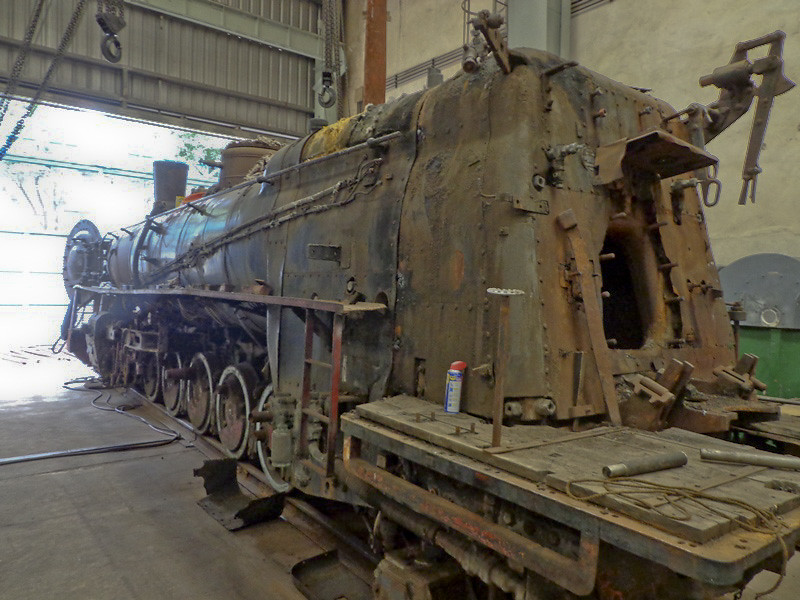Shane Meador stands beside 4501 as he starts up its cross compound air pump.
On this #techtuesday, we are pleased to announce that CSR has appointed D. Shane Meador to serve as a technical advisor of the organization. Meador is no stranger to steam, having led the rebuilding of Southern Railway steam locomotives 630 and 4501 at the Tennessee Valley Railroad Museum (TVRM). He began his railroad carrier as a summer steam locomotive fireman at the Tennessee Valley Railroad Museum in 1994 and qualified as a locomotive engineer in 1996 on steam and diesel locomotives. After being honorably discharged from the United States Navy, Meador began working for Norfolk Southern Railway as a Machinist in Chattanooga, while still continuing part time duties at TVRM coordinating the Southern 630's restoration.
Starting in 2010, Meador was offered the opportunity for a 3 year leave of absence from Norfolk Southern to manage the steam locomotive projects for use on Norfolk Southern's 21st Century Steam program at TVRM. During that time, he successfully led the extensive restorations of Southern steam locomotives 630 and 4501 back to mainline service. By creating a safe, positive, and educational atmosphere, he was able to recruit and retain volunteers throughout the project which helped to reduce labor costs significantly. Shane has operated all 4 steam locomotives currently participating in the Norfolk Southern's 21st Century Steam program on 6 Divisions traversing thousands of miles on mainline track.
Meador keeps a close eye on cylinder boring work on Southern 630.
Meador's background, leadership, and experience in locomotive management, personnel management, restoration project management, maintenance, and safely operating these unique and historic machines will be of significant benefit to CSR as it continues its dedicated work to keeping historic machinery operating safely and efficiently in the 21st Century. We are excited to have his input here at CSR moving forward.







